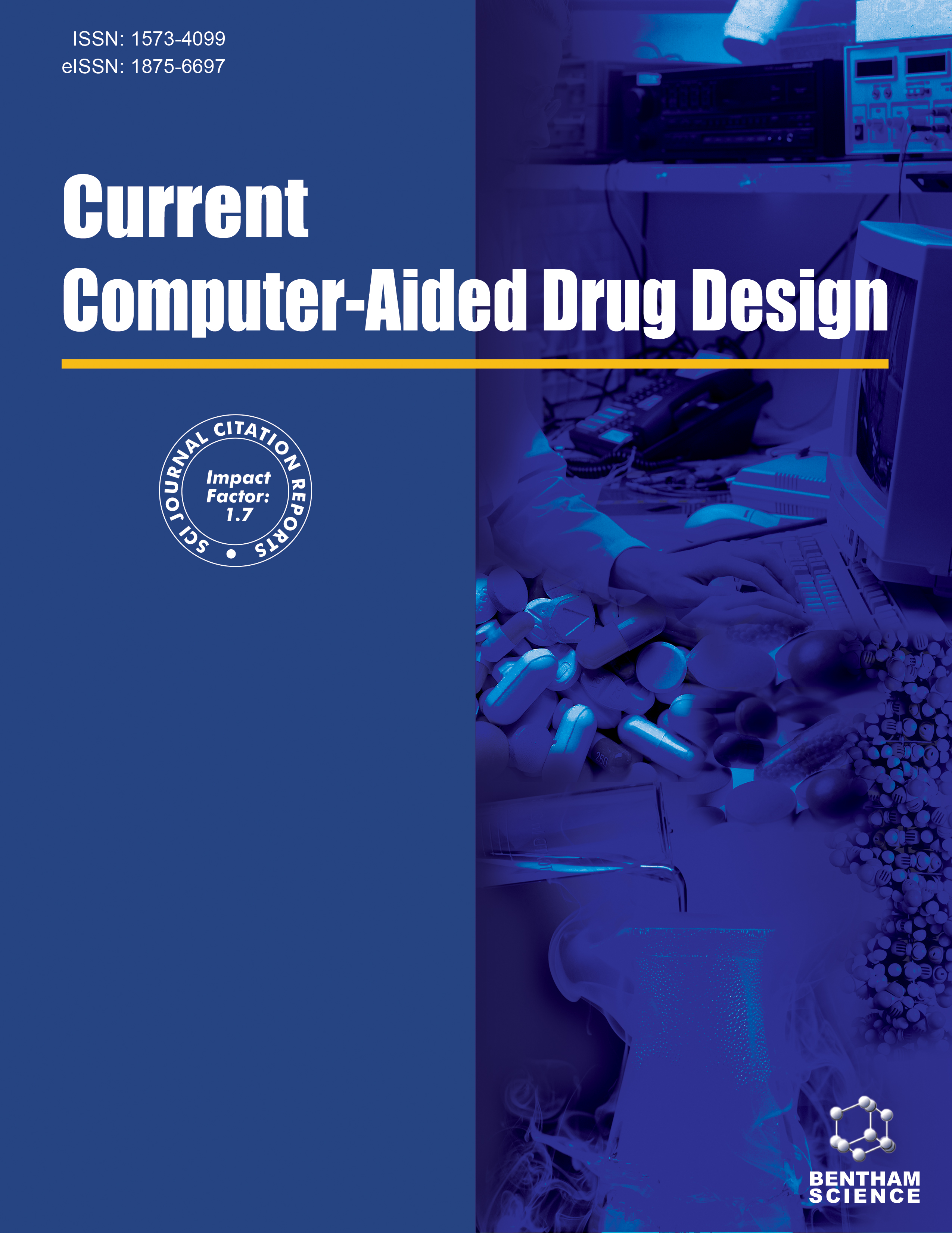
Full text loading...
Triple-negative breast cancer (TNBC) is a highly aggressive form of breast cancer lacking specific receptors, with dysregulated and overactivated Hedgehog (Hh) and mTOR/PI3K/AKT signaling pathways as potential therapeutic targets.
This study aimed to identify potential inhibitors among 53 alkaloids derived from 9 marine bryozoans using in silico approaches. It sought to analyze their impact on key signaling targets and their potential for future experimental validation.
In this research, selected targets were evaluated for protein-protein interactions, co-expression survival, and expression profiles. The protein expression was validated through the Human Protein Atlas (HPA) database and druggability through DGIdb. Online web servers were employed to assess drug-likeness, physiochemical properties, pharmacokinetics, and toxicological characteristics of the compounds. Molecular docking and dynamic simulations were carried out for ligand-protein interactions. Common Pharmacophore features, bioavailability, bioactivity, and biological activity spectrum (BAS) were also analyzed.
Out of the 13 compounds studied, 10 displayed strong binding affinity with binding energies ranging from >-6.5 to <-8 Kcal/mol across all targets. Molecular dynamics simulations provided insights into Amathamide E's stability and conformational changes. Pharmacophore modeling revealed common features in 14 compounds potentially responsible for their biological activity.
Our findings indicate the potential of marine-derived compounds as TNBC inhibitors. Further in vitro and in vivo validation is necessary to establish their effectiveness and explore their role as novel anti-TNBC agents.

Article metrics loading...

Full text loading...
References


Data & Media loading...
Supplements

